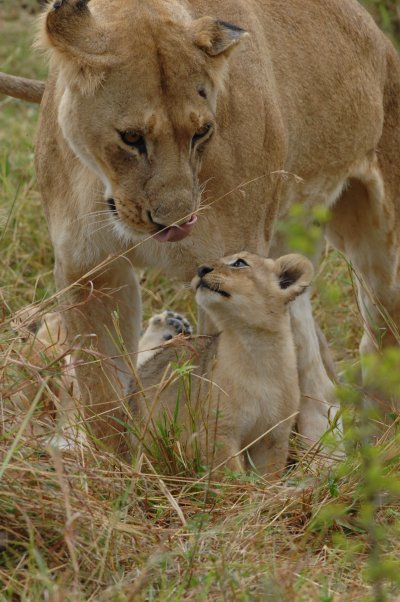News
Latest Lion Aid News
Lions decline everywhere except in fenced reserves
Monday 2nd November 2015
|
Please read this carefully: A recent article in the Proceedings of the National Academy of Sciences USA by Hans Bauer and other authors had this to say: “We found a striking geographical pattern: African lion populations are declining everywhere, except in four southern countries (Botswana, Namibia, South Africa, and Zimbabwe). Population models indicate a 67% chance that lions in West and Central Africa decline by one-half, while estimating a 37% chance that lions in East Africa also decline by one-half over two decades. We recommend separate regional assessments of the lion in the World Conservation Union (IUCN) Red List of Threatened Species: already recognized as critically endangered in West Africa, our analysis supports listing as regionally endangered in Central and East Africa and least concern in southern Africa.”
So there we go. Read that last sentence again. “[lions] may no longer be a flagship species of the once vast natural ecosystems across … the continent.” So we should now rely on the future offered to lions in fenced and managed reserves? Over my dead body. We just have not been fighting hard enough. Let’s make 2016 the year of the lion. And get everyone motivated. Please share this post far and wide. Categories: Traditional Medicine, Trophy Hunting, Domesticating Animals |
Posted by Chris Macsween at 17:56
Matias Cox
14th November 2015 at 00:25
Unfortunately this last sentence is true. Regardless of the size of the reserve (30,000 or 1,000,000 hectares) to about will be needed - separate men from animals. The lack of positive results in managing large parks, makes this option more effective and concrete way to get good results in the conservation of wild species. Take the case of rhinos that are now monitored daily in small enclosures, imposing a huge financial cost and logistics. In 2014 about 1,200 rhinos were killed in the Kruger Park. The western border of Serengetti also need urgent a fence. We must think of future generations. At about that today can save our species and sub-species, tomorrow may be removed. It is a bad measure, attests to managerial incompetence, however, is a solution in the short to medium term. See also the canned hunting in South Africa - obnoxious activity - is a result of the success of an entire livestock breeding policy of wild animals, whose numbers go from 15 million today. These animals (primarily herbivores) can repopulate any area where they are threatened or extinct. Surrounding the parks is inevitable. The sooner it is done the best cost-benefit ratio.
Add a new comment
Existing user
New user sign up




